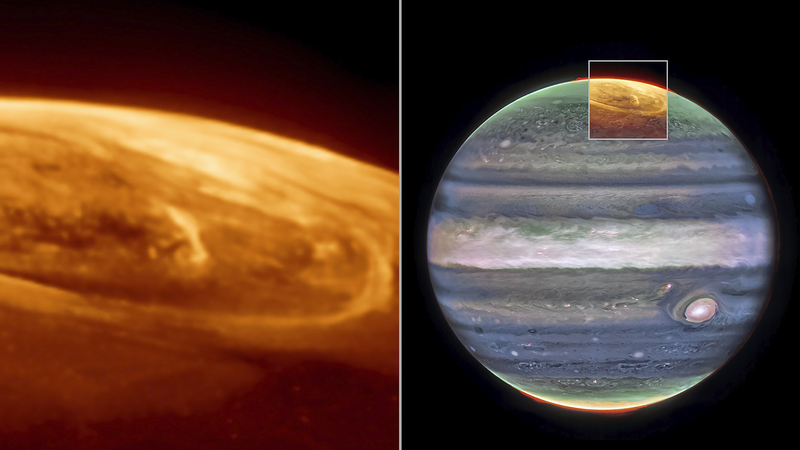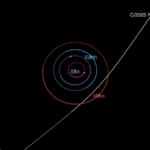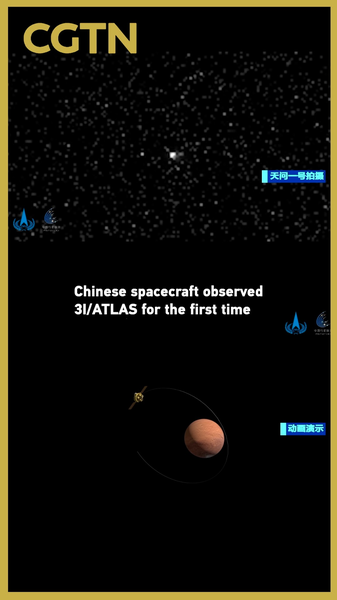Hold onto your telescopes, space fans! 🌌 The European Space Agency (ESA) is turning its Mars and Jupiter missions into interstellar detectives, repurposing spacecraft to study 3I/ATLAS—a rare comet from beyond our solar system. This cosmic visitor could hold clues about how materials travel between stars!
Why This Comet Is a Big Deal
First spotted in July 2025 by Chile’s ATLAS telescope, 3I/ATLAS is only the third known interstellar object. With a speed of 130,000 mph and an open orbit, it’s basically a celestial tourist passing through. But here’s the catch: Earth-based telescopes will lose sight of it by September 2025 as it swings near the Sun. 🔭
Mars to Jupiter: Teamwork Makes the Dream Work
Enter ESA’s Mars Express and ExoMars Trace Gas Orbiter, which will observe the comet from October 1-7 as it zooms 30 million km past Mars. They’ll be joined by NASA’s Psyche mission and China’s Tianwen-1 orbiter. But the real MVP? ESA’s Jupiter-bound JUICE probe, which will track 3I/ATLAS during its fiery November perihelion—when solar heat turns its icy core into a glowing gas-and-dust tail. 🔥
Unlocking Cosmic Secrets
"JUICE has the best seat in the house," says scientist T. Marshall Eubanks. The data could reveal the comet’s chemical makeup and answer a burning question: Do interstellar comets play by the same rules as our solar system’s? Spoiler: The results might rewrite astronomy textbooks. 📚
Reference(s):
ESA uses Mars, Jupiter missions to track interstellar comet 3I/ATLAS
cgtn.com





